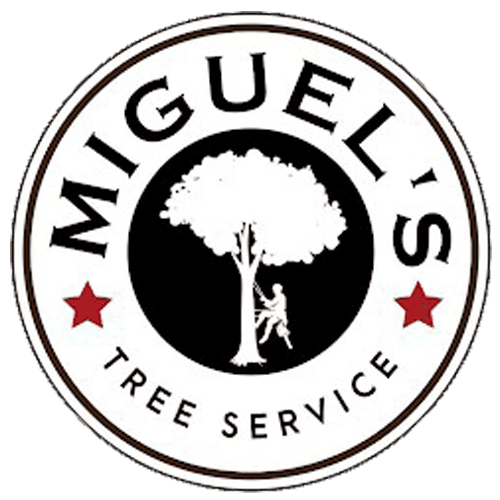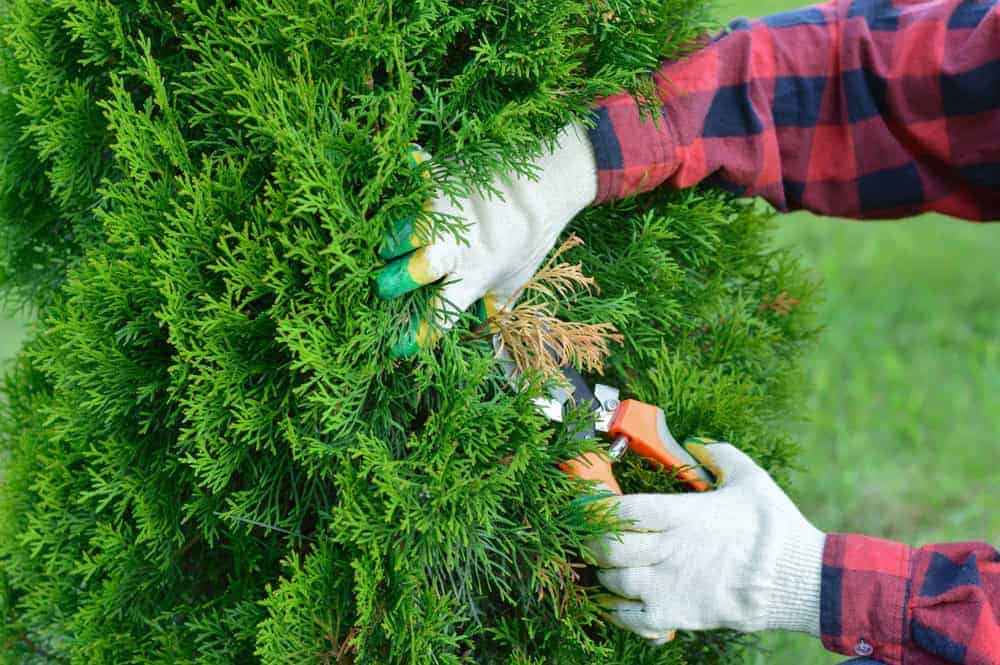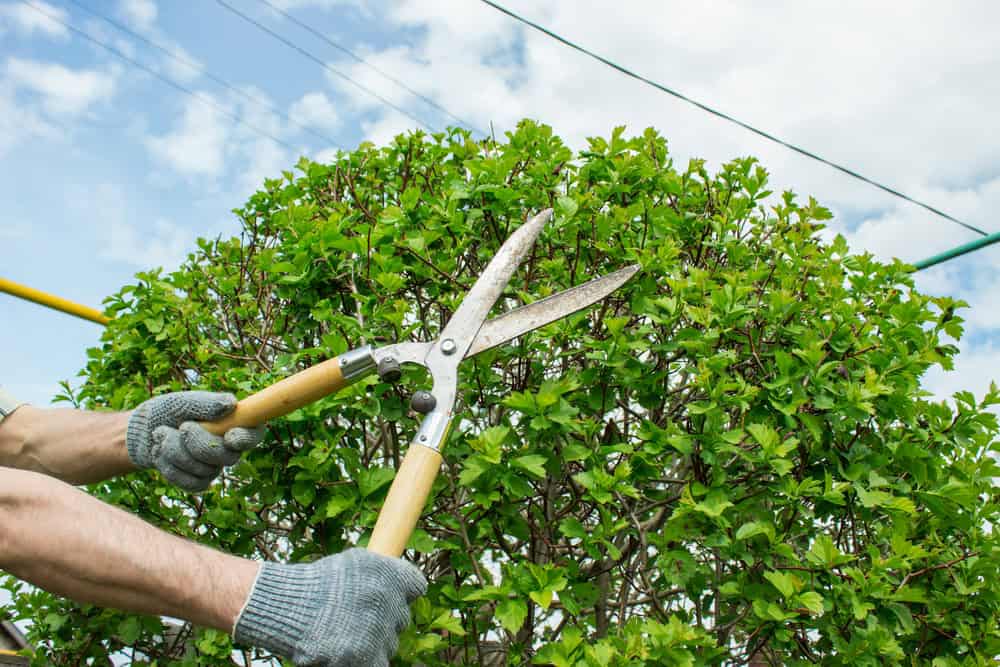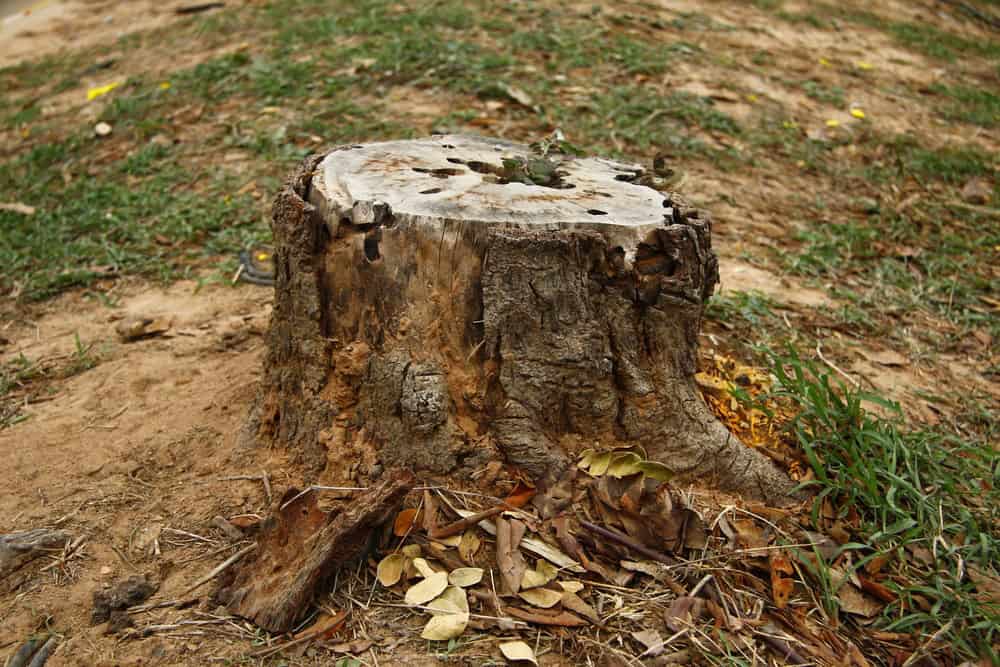When Should You Remove a Tree? Key Signs to Look For
Signs of Decay
Visible decay is one of the most obvious signs that a tree may need to be cut down. Look for mushrooms or other fungi growing on the trunk or branches. These indicate that the tree is rotting from the inside. Large holes or cavities in the trunk are also warning signs. When a tree begins to decay, its internal structure becomes weak. This can lead to branches breaking off or the entire tree falling, posing a significant risk to your property and safety.
Another sign of decay is missing or peeling bark. Healthy trees have continuous, intact bark. If the bark is falling off in large pieces or if you notice deep cracks, the tree may be in serious trouble. Additionally, if you see sawdust-like material at the base of the tree, it could mean that insects or pests have invaded and are accelerating the decay process. Regularly inspecting your trees for these signs can help you catch problems early and take necessary action.
Leaning Trees
A tree that suddenly starts to lean is a major red flag. While some trees naturally grow at an angle, a sudden lean can indicate root damage or instability. This is particularly concerning if the lean is more than 15 degrees from vertical. Such trees are at a high risk of falling, especially during storms or high winds. If you notice a tree on your property leaning more than usual, it’s crucial to have it assessed by a professional as soon as possible.
Leaning can also result from soil erosion or root damage caused by construction or landscaping activities. When roots are damaged, they cannot anchor the tree properly, making it more likely to topple over. If the soil around the base of the tree appears disturbed or if you see exposed roots, these could be signs that the tree’s stability is compromised. Addressing these issues promptly can prevent potential accidents and property damage.
Dead or Falling Branches
Dead branches are a clear indication that a tree is not healthy. If you notice a significant number of branches falling off, it could be due to disease, pests, or other internal problems. A healthy tree will shed a few small branches occasionally, but a tree in decline will lose large branches more frequently. This can be dangerous, especially if the branches are large and heavy, posing a risk to people and property below.
Consistent loss of branches often means that the tree is trying to conserve resources by shedding parts that it can no longer support. This is usually a sign of serious underlying issues that need to be addressed. While regular pruning can help manage minor branch loss, persistent or significant branch drop calls for a professional evaluation. An arborist can determine the cause of the problem and recommend whether the tree should be removed.
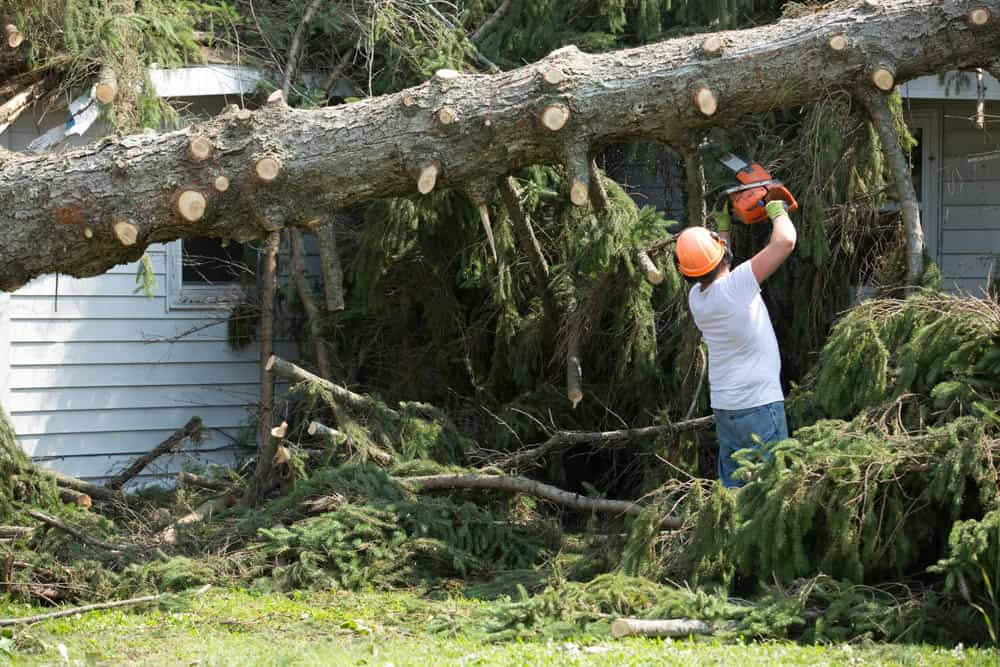
Unhealthy Leaves
The leaves of a tree can provide significant clues about its health. If you see leaves that are discolored, small, or sparse, the tree might be struggling. Leaves that turn yellow or brown outside of the usual seasonal changes often indicate disease or stress. This can be caused by a variety of factors, including poor soil conditions, pests, or lack of nutrients. Paying attention to the condition of the leaves can help you identify problems early.
If a tree loses its leaves in areas where they should be growing, it’s time to consider having the tree checked. Sparse or uneven leaf coverage often points to more serious internal issues. In some cases, the tree might be able to recover with proper care and treatment. However, if the problem persists, it could be a sign that the tree is dying and needs to be removed to prevent further damage or accidents.
Root Problems
The roots are crucial for a tree’s health and stability. Visible root damage, such as broken or exposed roots, can severely affect a tree’s ability to absorb water and nutrients. Construction work, soil compaction, and other disturbances can damage roots and lead to the tree’s decline. If you notice poor growth, leaning, or fungi near the base of the tree, these are signs of potential root problems.
Healthy roots are essential for the overall well-being of a tree. When roots are damaged or diseased, the tree’s structural integrity is compromised, making it more likely to fall. This can be especially dangerous during storms or high winds. Regularly checking for signs of root damage can help you address issues before they become severe. In some cases, professional treatment may save the tree, but in others, removal might be the safest option.
Pest Infestations
Pests such as beetles, borers, and other insects often target weak or dying trees. These pests can cause significant damage, accelerating the tree’s decline. Signs of an infestation include small holes in the bark, sawdust-like material at the base, or visible insects. If you notice these signs, it’s important to take action quickly to prevent the pests from spreading to other trees and plants on your property.
Once a tree is infested, it becomes more susceptible to disease and structural damage. Pests can weaken the tree’s defenses, making it more likely to succumb to other stress factors. In severe cases, removing the tree may be the best option to protect surrounding vegetation. Regular inspections and prompt treatment can help manage pest problems and keep your trees healthy. If you’re unsure, consult a professional arborist for advice on how to proceed.
